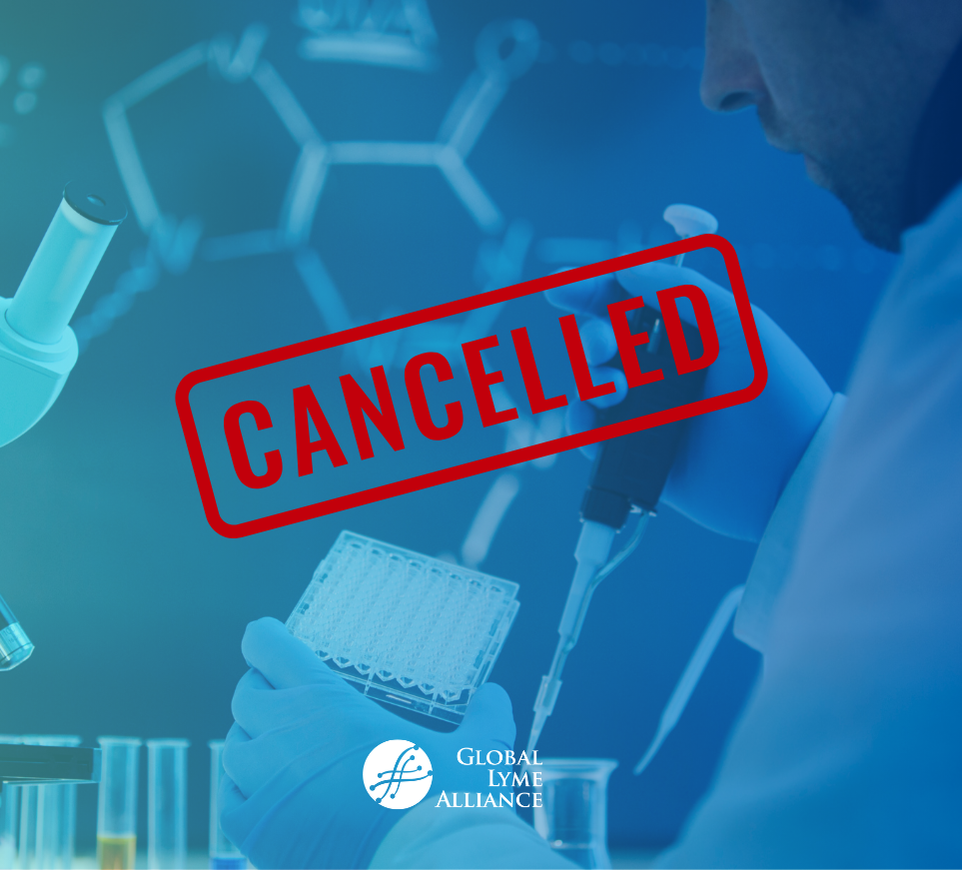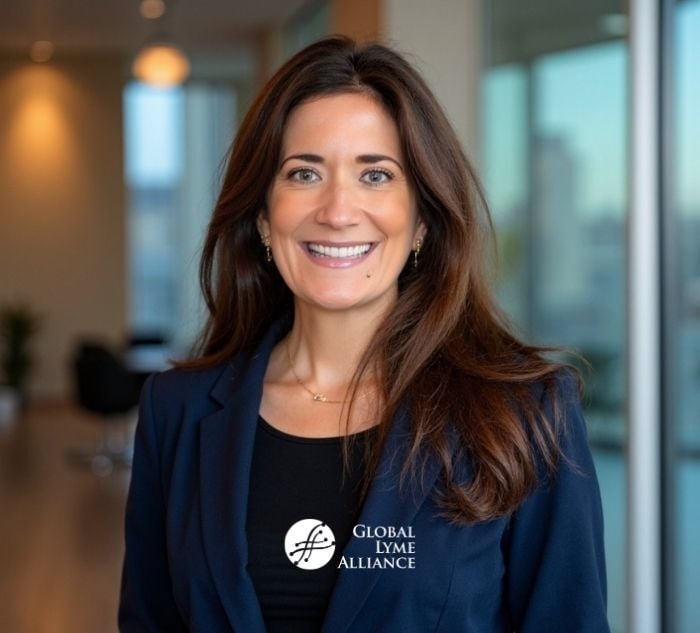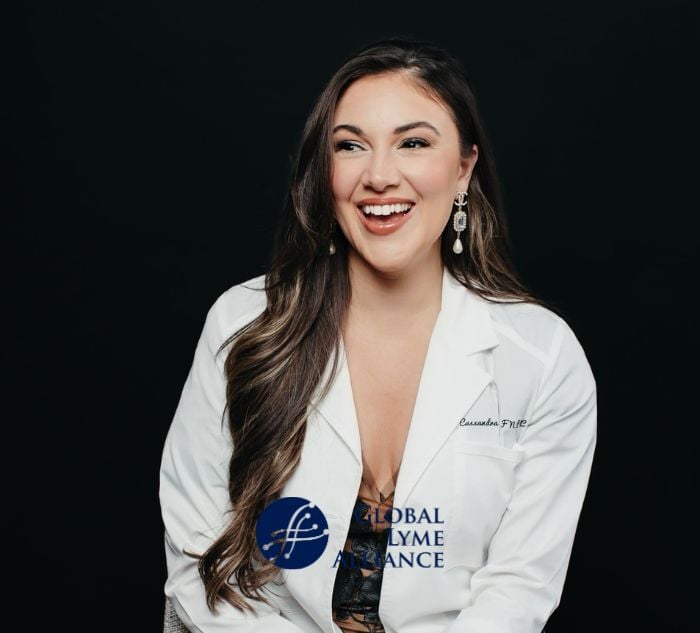
I’m often asked where my drive to become a nurse practitioner came from. The truth is, it wasn’t born out of a love of textbooks or clinicals. It was born in the trenches of chronic illness, through years of misdiagnosis, medical gaslighting, and the unbearable isolation of being sick but not believed.
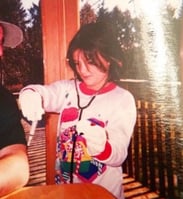 But that didn’t stop me. It lit a fire in me, a fire so deep, so consuming, it still burns all these years later. This isn’t just something I went through. This is my life’s calling. Every time I’ve tried to reroute my path or pivot my purpose, life has pulled me right back here—back to advocacy, back to healing, back to reform. The more I live this life, the louder the calling becomes. I’m not here by accident. I’m here because I was made for this. And the mission is only getting clearer.
But that didn’t stop me. It lit a fire in me, a fire so deep, so consuming, it still burns all these years later. This isn’t just something I went through. This is my life’s calling. Every time I’ve tried to reroute my path or pivot my purpose, life has pulled me right back here—back to advocacy, back to healing, back to reform. The more I live this life, the louder the calling becomes. I’m not here by accident. I’m here because I was made for this. And the mission is only getting clearer.
At sixteen years old, I had just come home from a camping trip when everything changed. One week later, I woke up in the middle of the night gasping for air—my throat had tightened, and I couldn’t take a deep breath. I truly thought I was going to die. I remember frantically waking my parents, begging for help. They rushed me to the hospital, only to be told, “Everything looks fine.” We were sent home without answers.
But everything was not fine.
Over the next two months, my health spiraled. I began having stroke-like symptoms. I couldn’t string sentences together. My word recall was gone. The entire left side of my body would go numb, and my muscles felt like they were shutting down. I was sleeping through entire days, but couldn’t sleep at night. I was collapsing. I was losing my life in slow motion—and no one could tell me why.
 I was taken by ambulance over and over. Scan after scan showed “nothing.” My parents were drowning in medical bills, and I was still slipping further into the unknown. I began experiencing seizure-like activity. Most days, I couldn’t even get out of bed. I was terrified, and I was alone. No one believed me.
I was taken by ambulance over and over. Scan after scan showed “nothing.” My parents were drowning in medical bills, and I was still slipping further into the unknown. I began experiencing seizure-like activity. Most days, I couldn’t even get out of bed. I was terrified, and I was alone. No one believed me.
So I started searching. Desperately.
Google became my second language. I typed in every symptom I had, over and over, night after night—until the puzzle started to come together. I was sixteen years old, and I diagnosed myself.
I eventually returned to a specialist who had studied me when I was five years old. I had been part of a medical research case for congenital Lyme disease and Bartonella—a condition I was born with. My early records had been archived, my case once used for research. And now, it had come full circle. That same provider worked with me again—for the next five years—helping stabilize me enough to begin college.
But by then, my body had already endured a lifetime of damage. 
I was still symptomatic. Still dismissed. And still determined to fight.
Getting into nursing school wasn’t easy. After years of illness, my academic record needed rebuilding. My immune system was failing, and my brain fog was relentless. I had to take several extra courses just to qualify, and many days I was barely holding it together. I spent countless hours in the library with tutors, re-learning subjects I could hardly retain because of the inflammation in my brain. Some professors knew me solely because I was always the last one to leave their office hours. I fought for every inch of progress.
Eventually, I earned a spot in a competitive nursing program—but not through the traditional route. I had been sitting on a waitlist when a few professors who had seen how fiercely I was working went to the dean on my behalf. The day before the program officially began, the dean called me into an impromptu meeting.
The dean offered me a seat—but with one condition:
All students needed to score an 85% or higher to stay in the program. But for me, the bar was set even higher. I had to exceed that benchmark at all times, or I’d lose my seat. No excuses. No room for error.
It was a high-stakes opportunity that could have broken me—but it didn’t. It became the very thing that refined me.
Because I didn’t come this far to be average.
That mindset carried me through some of the most impossible moments—like getting a call just weeks into the program that I was in kidney failure, or studying for finals in a hospital bed with 8mm stones caused by long-term antibiotic damage, bracing for emergency surgery.
 Week after week, I was sick. But I couldn’t miss a single clinical—not one. If I did, I’d be expelled from the program. So I woke up at 4:00 a.m., put on my scrubs, and showed up. I took care of others while silently unraveling myself. At the time, I believed I was on the mend. I thought if I could just stay above water long enough, I’d eventually reach “good enough.”
Week after week, I was sick. But I couldn’t miss a single clinical—not one. If I did, I’d be expelled from the program. So I woke up at 4:00 a.m., put on my scrubs, and showed up. I took care of others while silently unraveling myself. At the time, I believed I was on the mend. I thought if I could just stay above water long enough, I’d eventually reach “good enough.”
But what I didn’t expect—what no one prepared me for—was the toxicity within the very field I was giving my life to.
I entered this profession because I wanted to help people. I devoted myself to a life of healing. And yet, as I pushed through unimaginable personal challenges, I was simultaneously dealing with bullying inside the nursing program. The irony wasn’t lost on me: I had set out to be a source of compassion and care—and was met with judgment and cruelty from within the system itself.
Even in school, we were taught about “lateral violence” and workplace toxicity. And now, nearly a decade into this career, I still take mandatory continuing education courses on how to mitigate bullying in the nursing profession. That says everything. We aren’t just failing patients—we’re failing providers. This culture is broken.
The failure of the system doesn’t begin and end with how we treat Lyme disease patients. It’s everywhere—in the rushed appointments, the lack of emotional training, the workplace hostility, and the way the system eats its own. That’s why I’m not just treating illness—I’m fighting for reformation. Because no one should be pushed to the edge of themselves in order to prove they’re worthy of care, of education, of respect.
Eventually, good enough got me to graduation. I passed my boards and became a Family Nurse Practitioner.
But the journey didn’t stop they're. In 2024, my health crashed again. By October, I was at critical levels—dying, quite literally. My iron saturation was at 3%, I couldn’t get out of bed, and I began traveling weekly for life-saving treatments. And this time, I wasn’t alone. My husband—a physician and surgeon—believed me. He helped guide me through the early stages of what would become the real healing chapter of my life.
I began aggressive treatment for Lyme disease, Bartonella, Babesia, Tick-Borne Relapsing Fever, POTS, MCAS, EBV, Strep, and more. I started iron infusions, detox protocols, and yet another round of long-term antibiotics. I became completely bedbound for three months.
And while my body was breaking down, something inside me was waking up.
I began to realize: this wasn’t just about physical recovery. This was a total rebirth.
For the first time, I started exploring healing beyond medicine. I studied nervous system regulation, somatic therapy, trauma recovery, spiritual alignment. I started asking better questions. What does it mean to truly heal? What does it take to feel safe in your body? What is health if not wholeness?
No, I’m not the old version of myself anymore. I’m not even fully functional most days. But I am more grounded, more aligned, and more awake than I have ever been. And where I’m going? It’s somewhere better than I’ve ever been.
This isn’t about just being a nurse.
This isn’t about just treating patients.
This is about reformation.
That’s why I’m building a platform that will bridge the gap—combining clinical knowledge with emotional intelligence, spiritual healing, and truly personalized care for those living with chronic and complex illness.
This isn’t just a concept. It’s something I’ve been working tirelessly on for the past three years—alongside my husband—who, in a full-circle moment, I also diagnosed with Lyme disease and co-infections. I led him to a specialist who confirmed it, and now we are walking this healing journey together, side by side. The rest of our family is finally getting the help they’ve unknowingly needed for years, and we are healing—collectively, consciously, and with intention.
This project is deeply personal. It’s rooted in the very heart of nursing—returning to the wisdom of Florence Nightingale, who once said,
“It is the unqualified result of all my experience with the sick, that second only to their need of fresh air is their need of light… And not just daylight, but sunlight. And not just sunlight, but a sense of hope.”
That quote has become a guiding principle. What we’re building is about restoring the full human experience—meeting both the seen and unseen needs of patients, and treating the mind, body, and soul with the reverence and precision often missing in modern medicine.
While the platform is still evolving and not yet publicly disclosed for intellectual protection, what I can say is that it’s unfolding rapidly—and it’s much bigger than us. It’s built on holism. On science and soul. On diagnostics and deep human connection. And when the time comes, it will require the support of changemakers, believers, and compassionate disruptors to bring it to life on a national scale.
Because this is not a northeastern issue.
This is not rare.
This is a nationwide crisis hiding in plain sight.
Millions of people are living with this every day—untreated, misdiagnosed, or entirely dismissed.
We are building something for them.
There’s more to come.
And if you’re reading this, stay close.
The story is just beginning—and the movement is already in motion.
***
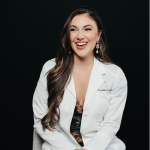
Cassandra Tutalo
GLA Contributor
A nurse practitioner, advocate, and survivor, Cassandra turned a harrowing personal battle with chronic Lyme disease into a lifelong mission to reform patient care. Diagnosed with Lyme and co-infections after years of misdiagnosis and gaslighting, she now bridges clinical expertise with emotional intelligence and holistic healing. Her journey fuels a platform-in-progress dedicated to transforming how we understand and treat complex illness—because healing isn’t just about medicine; it’s about being seen, heard, and whole.
Email: marketing@gla.org



